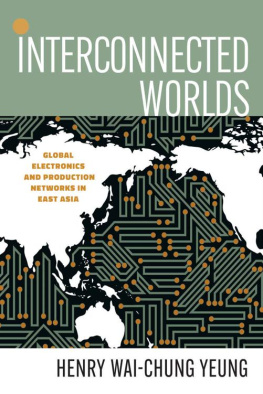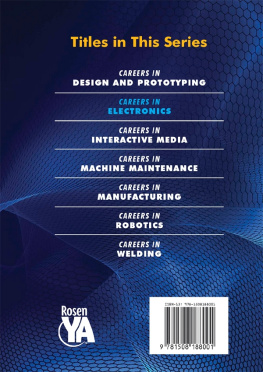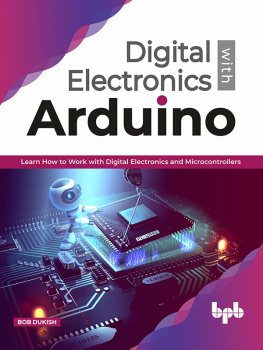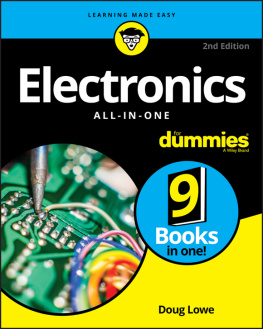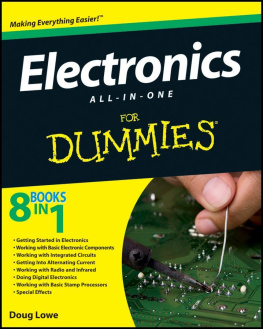Innovation and Technology in the World Economy
MARTIN KENNEY, EDITOR
University of California, Davis and Berkeley Roundtable on the International Economy
OTHER TITLES IN THE SERIES:
Beyond Technonationalism: Biomedical Innovation and Entrepreneurship in Asia
Kathryn C. Ibata-Arens
Research Universities and the Public Good: Discovery for an Uncertain Future
Jason Owen-Smith
Sustainable Innovation: Build Your Companys Capacity to Change the World
Andrew Hargadon
The Rise and Fall of Urban Economies: Lessons from San Francisco and Los Angeles
Michael Storper, Thomas Kemeny, Naji Makarem, and Taner Osman
The Fountain of Knowledge: The Role of Universities in Economic Development
Shiri M. Breznitz
Public Universities and Regional Growth: Insights from the University of California
Martin Kenney and David C. Mowery, eds.
Invention and Reinvention: The Evolution of San Diegos Innovation Economy
Mary Lindenstein Walshok and Abraham J. Shragge
Can Green Sustain Growth? From the Religion to the Reality of Sustainable Prosperity
John Zysman and Mark Huberty, eds.
The Evolution of a New Industry: A Genealogical Approach
Israel Drori, Shmuel Ellis, and Zur Shapira
Technology Change and the Rise of New Industries
Jeffrey L. Funk
The Science of Science Policy: A Handbook
Kaye Husbands Fealing, Julia I. Lane, John H. Marburger III, and Stephanie S. Shipp, eds.
Restoring the Innovative Edge: Driving the Evolution of Science and Technology
Jerald Hage
The Challenge of Remaining Innovative: Insights from Twentieth-Century American Business
Sally H. Clarke, Naomi R. Lamoreaux, and Steven W. Usselman, eds.
How Revolutionary Was the Digital Revolution? National Responses, Market Transitions, and Global Technology
John Zysman and Abraham Newman, eds.
Global Broadband Battles: Why the U.S. and Europe Lag While Asia Leads
Martin Fransman, ed.
Ivory Tower and Industrial Innovation: University-Industry Technology Transfer Before and After the Bayh-Doyle Act
David C. Mowery, Richard R. Nelson, Bhaven N. Sampat, and Arvids A. Ziedonis
Locating Global Advantage: Industry Dynamics in the International Economy
Martin Kenney and Richard Florida, eds.
Territories of Profit: Communications, Capitalist Development, and the Innovative Enterprises of G.F. Swift and Dell Computer
Gary Fields
The Triumph of Ethernet: Technological Communities and the Battle for the LAN Standard
Urs von Burg
Interconnected Worlds
GLOBAL ELECTRONICS AND PRODUCTION NETWORKS IN EAST ASIA
Henry Wai-chung Yeung
STANFORD BUSINESS BOOKS
An Imprint of Stanford University Press
Stanford, California
STANFORD UNIVERSITY PRESS
Stanford, California
2022 by the Board of Trustees of the Leland Stanford Junior University. All rights reserved.
No part of this book may be reproduced or transmitted in any form or by any means, electronic or mechanical, including photocopying and recording, or in any information storage or retrieval system without the prior written permission of Stanford University Press.
Special discounts for bulk quantities of Stanford Business Books are available to corporations, professional associations, and other organizations. For details and discount information, contact the special sales department of Stanford University Press. Tel: (650) 725-0820, Fax: (650) 725-3457
Printed in the United States of America on acid-free, archival-quality paper
Library of Congress Cataloging-in-Publication Data
Names: Yeung, Henry Wai-chung, author.
Title: Interconnected worlds : global electronics and production networks in East Asia / Henry Wai-chung Yeung.
Other titles: Innovation and technology in the world economy.
Description: Stanford, California : Stanford Business Books, an Imprint of Stanford University Press, 2022. | Series: Innovation and technology in the world economy | Includes bibliographical references and index.
Identifiers: LCCN 2021043940 (print) | LCCN 2021043941 (ebook) | ISBN 9781503615298 (cloth) | ISBN 9781503632226 (paperback) | ISBN 9781503632233 (ebook)
Subjects: LCSH: Electronic industriesEast Asia. | GlobalizationEconomic aspectsEast Asia. | Business networksEast Asia.
Classification: LCC HD9696.A3 Y48 2022 (print) | LCC HD9696.A3 (ebook) | DDC 338.4/7621381095dc23
LC record available at https://lccn.loc.gov/2021043940
LC ebook record available at https://lccn.loc.gov/2021043941
Cover art: Shutterstock | Eugenius777
Cover design: Tandem Design
Typeset by Newgen in Galliard 10/14
For Yeung Ching Kwong, my late father and Peter Dicken, my mentor and fatherly figure
Contents
Illustrations
Tables
Figures
Preface
The global electronics industryglobal electronics in shortis certainly one of the most innovation-driven and technology-intensive sectors in the contemporary world economy. The COVID-19 pandemic in 2020 and 2021 made us all deeply aware of the critical importance of various electronic devices in supporting our remote work, learning, and daily life, and their intricate production across the world. Indeed, global electronics is characterized by organizationally fragmented and geographically dispersed production networks. Many devices and products in todays information and communications technology (ICT) sector are developed and manufactured in several macroregions and yet sold worldwide in all end markets. From semiconductor chips powering these devices to end products such as personal computers, smartphones, and televisions, complex transnational production and value-generating activitiescoordinated by lead firms through their in-house facilities and/or outsourced partners around the worldhave integrated diverse macroregions and national economies worldwide into what might be termed the interconnected worlds of global electronics.
Using the motif of worlds to describe the predominant model(s) of organizing electronics production, I argue that the current era of interconnected worlds started in the early 1990s when electronics production moved from the multinational worlds of innovation and production systems dominated by domestic lead firms in the US, Western Europe, and Japan toward increasingly globalized and cross-macroregional worlds of electronics manufacturing centered in East Asiaa large region comprising Northeast Asia (e.g., China, Japan, South Korea, and Taiwan) and Southeast Asia (e.g., Indonesia, Malaysia, Singapore, and Vietnam). Over time and as more electronics manufacturing shifted toward key locations in East Asia, lead firms in the US, Western Europe, and Japan remained dominant in technological innovation and product development. By the 2010s, the books main focus, this coevolution of production network complexity and interconnectedness led to a transformative shift in global electronics through which lead firms from South Korea, Taiwan, and China emerged as key players by integrating their home macroregionEast Asiainto these interconnected worlds of global electronics production comprising predominantly the US, East Asia, and Europe.
This monograph describes and explains this coevolution of globalized electronics production centered in East Asia during the 2010s. To date, a significant body of literature has been written about the historical development of the electronics industry in specific national economies. But very few of these scholarly studies have extended their analytical coverage to the 2010s, the decade in which East Asian economies and lead firms became dominant in electronics manufacturing. In theoretical terms, this work also differs substantively from most earlier academic studies of the electronics industry, as I do not focus on individual national economies and industrial transformation
Next page
